Brush Strokes (score & parts) - FL/OB/BSN
Composer: Morris, Alyssa
Publisher: TrevCo
Edition: 3184 - 68409
$24.00
for flute, oboe, and bassoon
by Alyssa Morris - American composer and oboist
Brush Strokes is a musical depiction of specific works of art. Each movement briefly tells the story of a particular artist and their painting technique.
The first movement, Monet, depicts the constant movement of water that is present in many of Claude Monet's paintings. Water lilies are the subject for approximately 250 of his paintings. I also chose to rely on the water lily theme because there are many different images of water to portray. In one part of a stream the water may be clam, while further down the water may rage. Running water is ever changing, much like the swift brush strokes of Claude Monet. An impressionist, Monet's paintings reflected his immediate impression of a particular subject of scene. He strived to capture the subject in a particular light, before the light changed. When the light changed, Monet started painting on a new canvas. I wanted to depict Monet's swift painting and the constant changing of light with frequently shifting chord progressions.
The second movement, Seurat, is a musical representation of the pointillist works by Georges Seurat. This movement is primarily inspired by Seurat's paintings A Sunday Afternoon on the Island of La Grande Jatte and The Circus. Seurat's brush stroke technique is very formulaic. If inspected closely, one can see that Seurat's paintings are comprised of tiny strokes of "points" of pure color on the canvas. When the painting is viewed from a distance, the colors appear to blend and shimmer. This color bled effect is called "optical mixing". The music in the movement Seurat aims to depict the pointillist aspects of this artwork by frequently shifting the instrumentation and bouncing the melody from one player to another, and also by the pointed and light attack of every note.
The third movement is Van Gogh. This movement depicts on his best known paintings, Starry Night. Van Gogh lived a life of loneliness and sorrow. Despite his talent as a painter, he was mentally disturbed. In 1889, Van Gogh comitted himself to an asylum in Saint-Remy. It was here hat he was inspired to paint Starry Night. Thous at this point in his life Van Gogh was disillusioned by religion, he had not lost belief in the afterlife. He expressed that he felt s strong need for religion, so he looked to the stars. Starry Night is filled with curves and rhythm, and the cypress tree int he front exudes a dark loneliness. The movement Van Gogh moves with a slow, rhythmic pulse, and a curving melodic contour. The overall darkness of the movement depicts the loneliness of the cypress tree, and of Van Gogh.
Pollock is the final movement, and is a musical representation of the works of Jackson Pollock who used the "drip" technique. Paintings such as One were created by pouring paint on to a canvas with hardened brushes, stocks, or syringes. Pollock laid his canvas flat on the floor to paint. His process was called action painting. The movement in Pollock is fast and full of energy, with chromatic and scalar flourishes depicting the paint being dripped, poured, and flung onto the canvas.

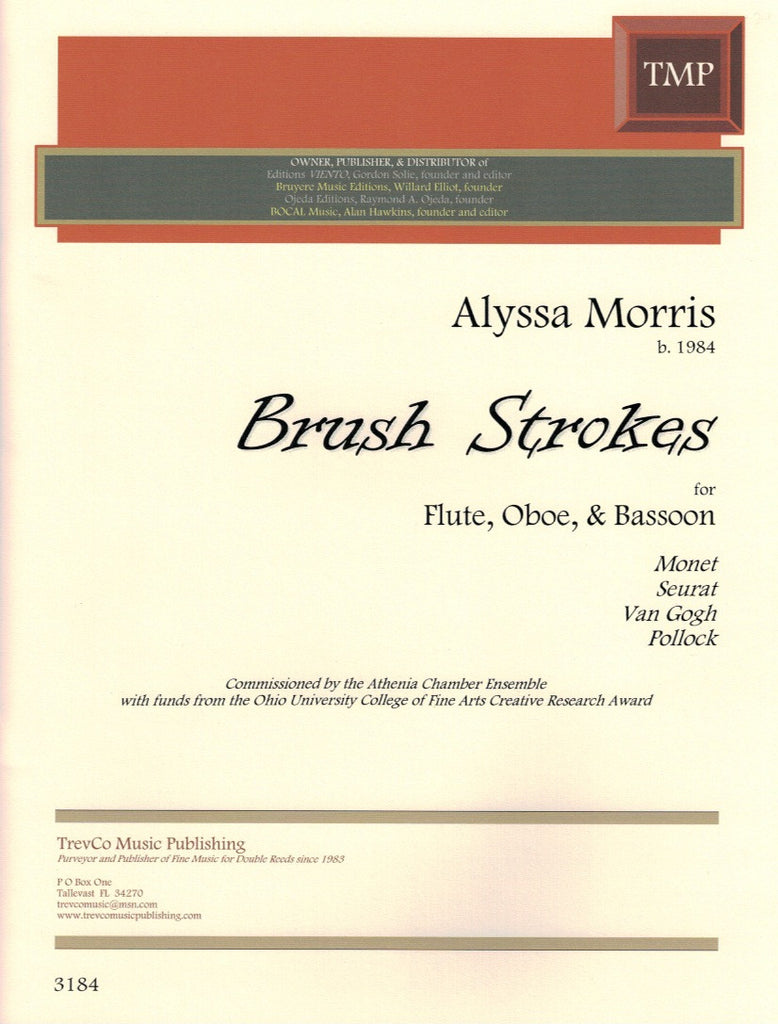
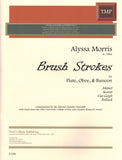
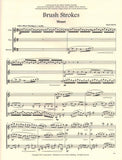
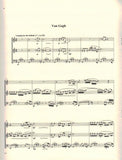
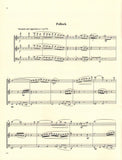
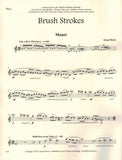
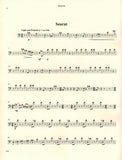
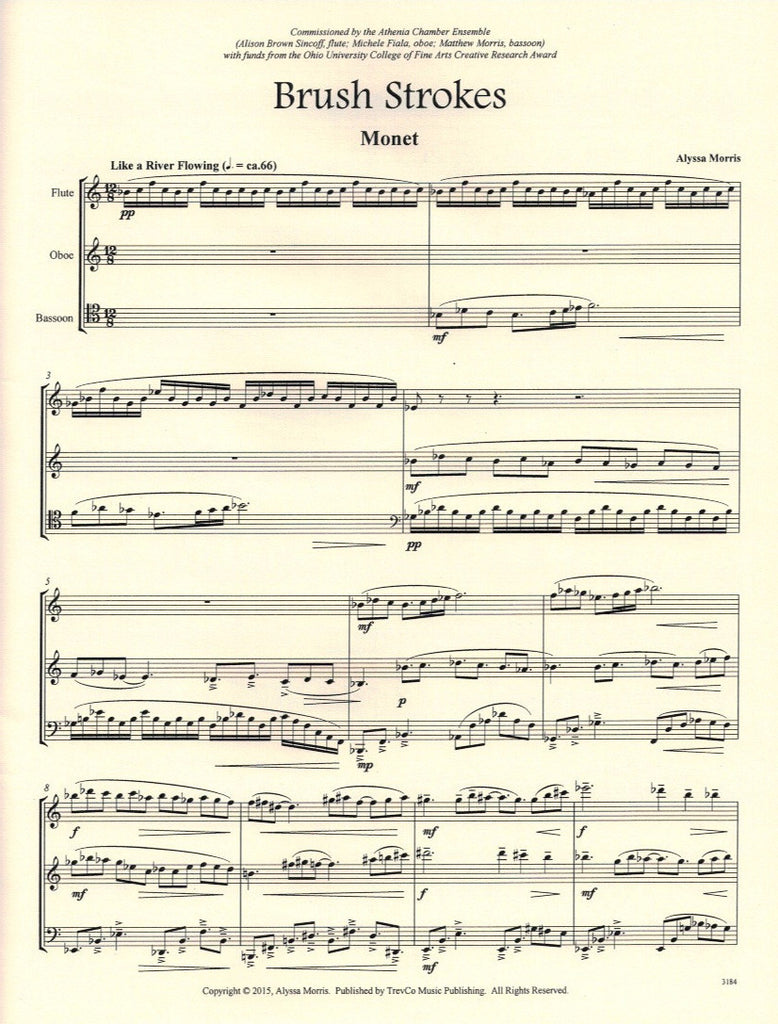
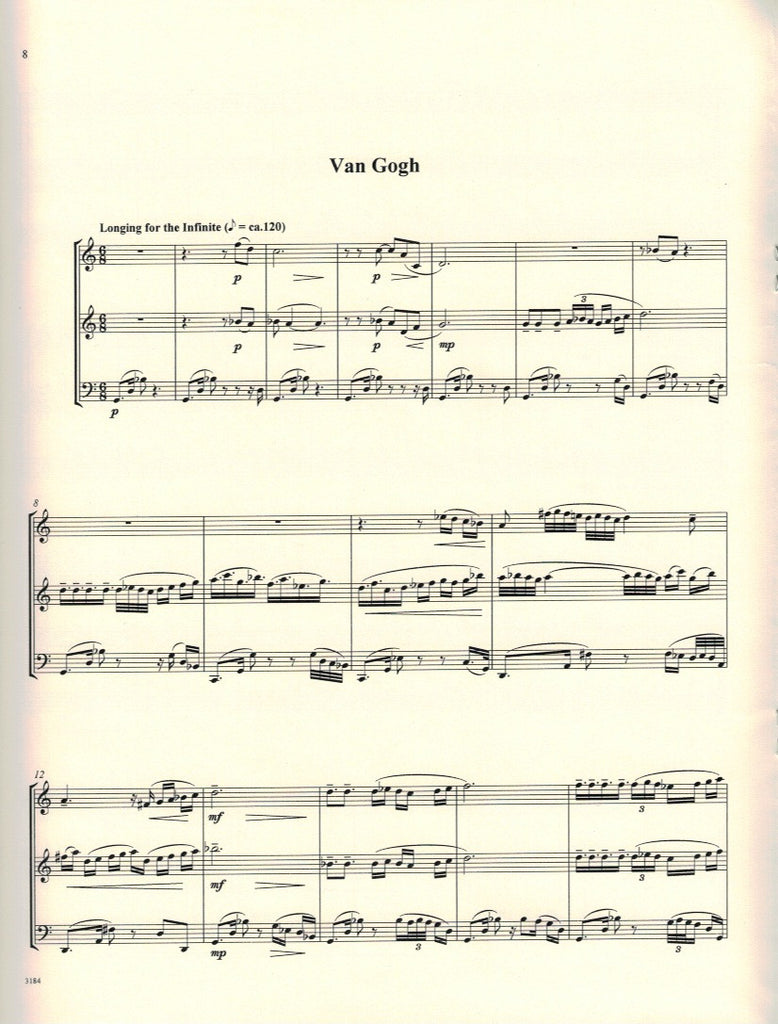
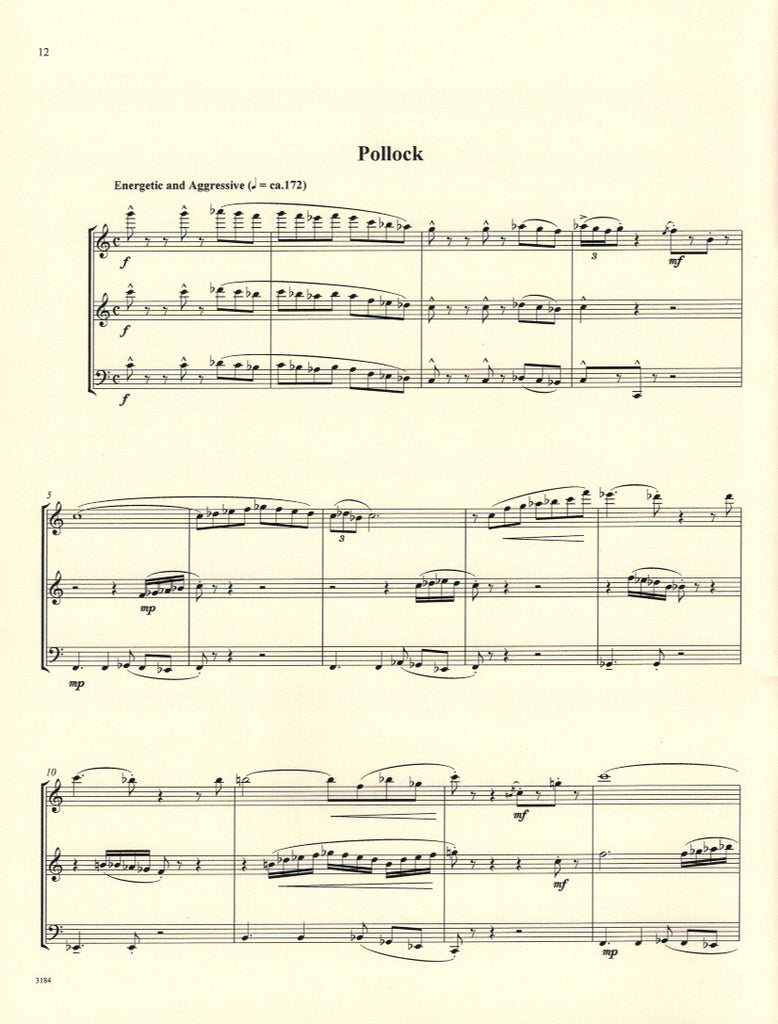
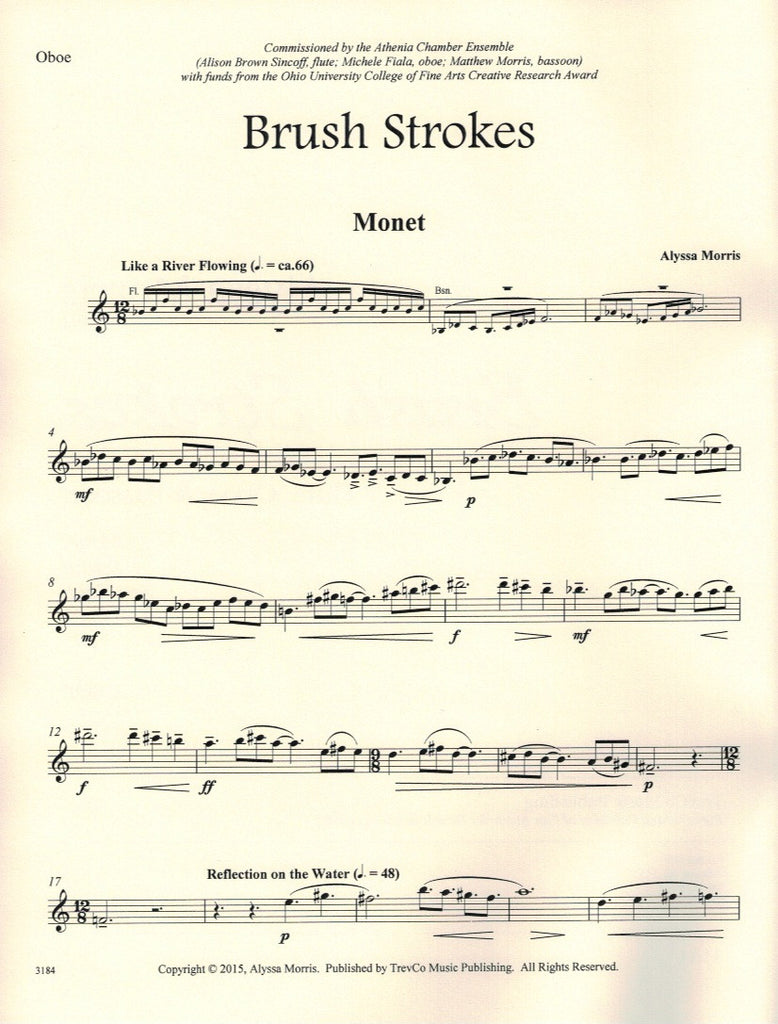
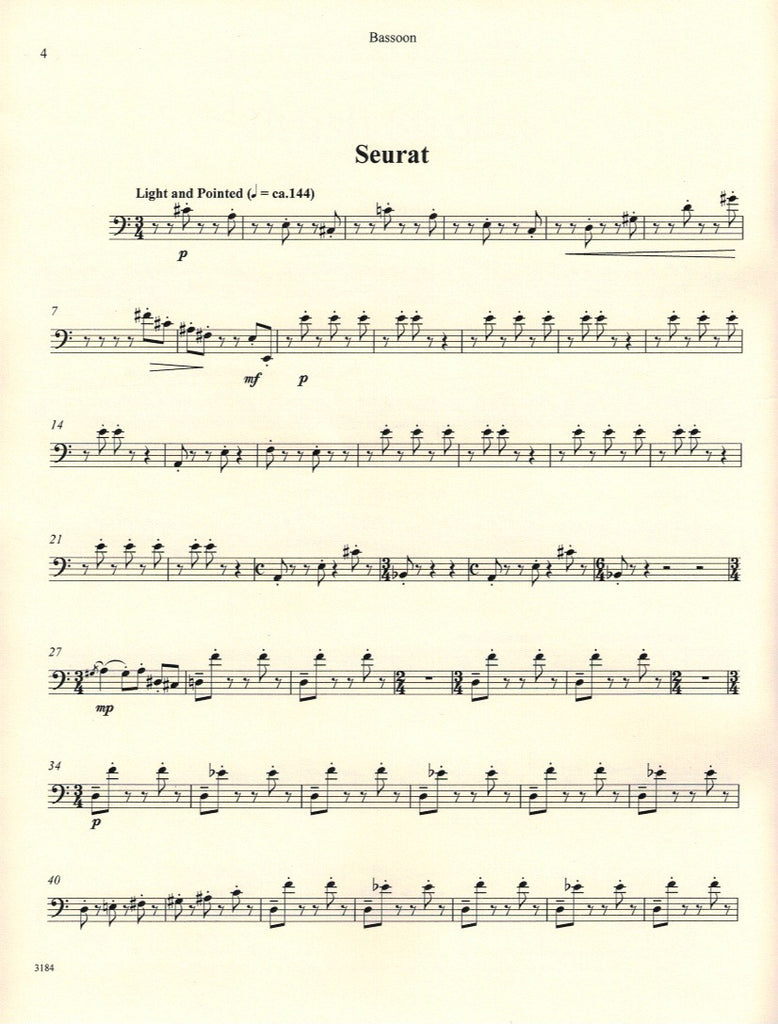
Share this item: